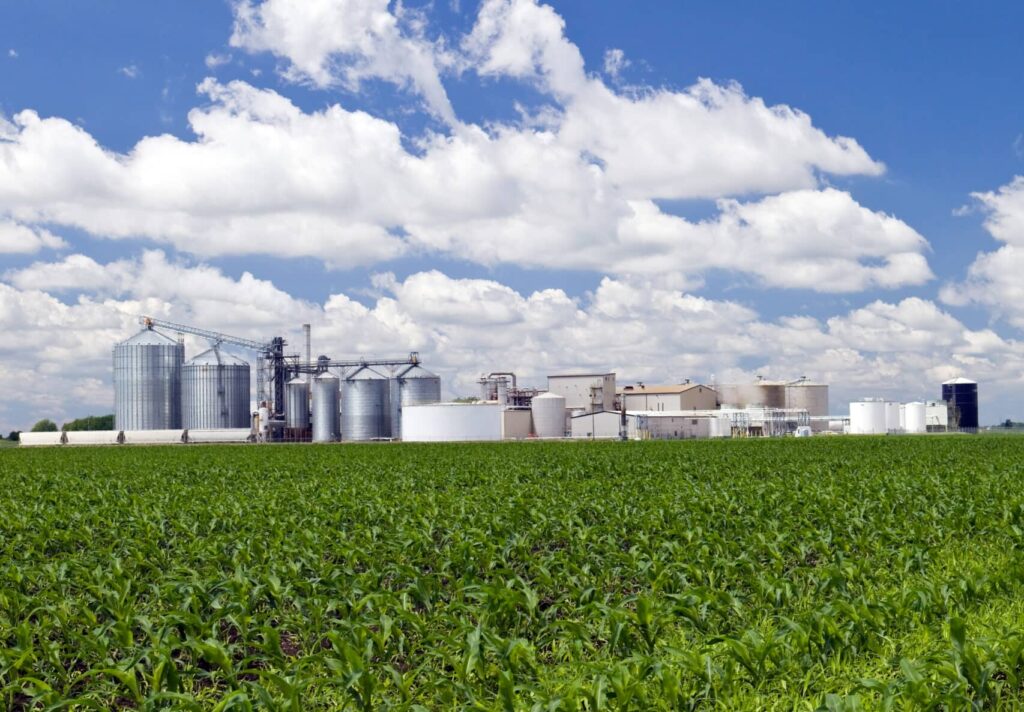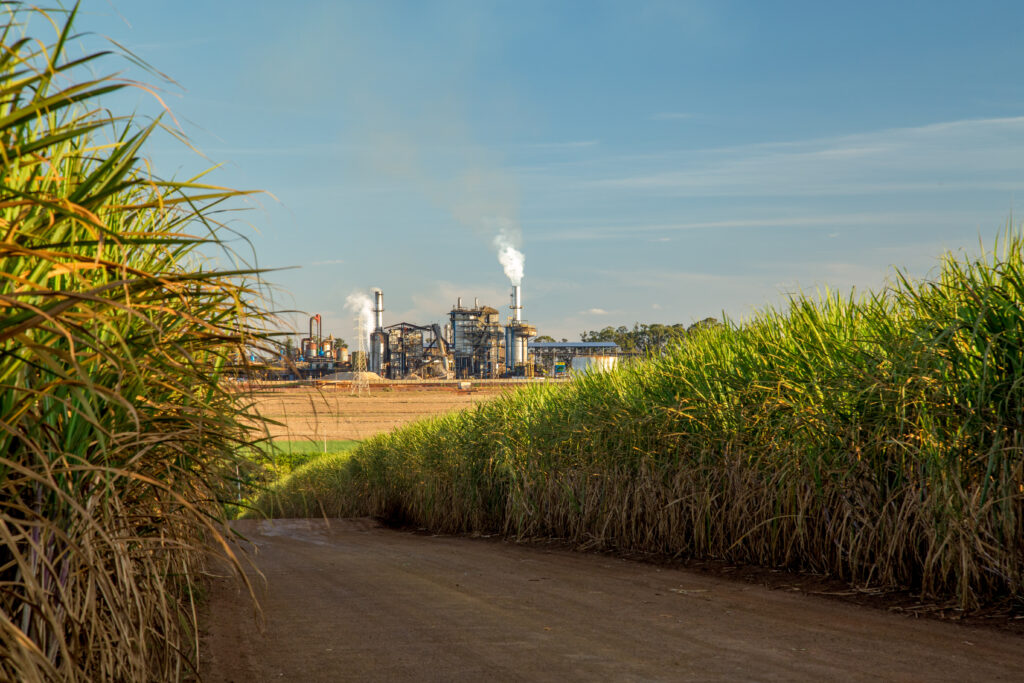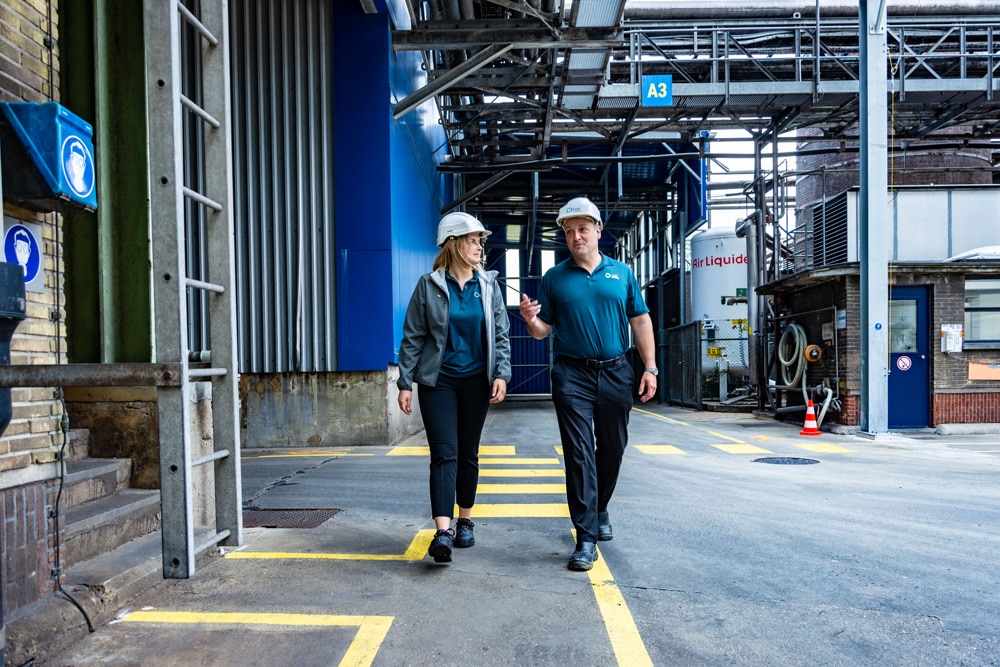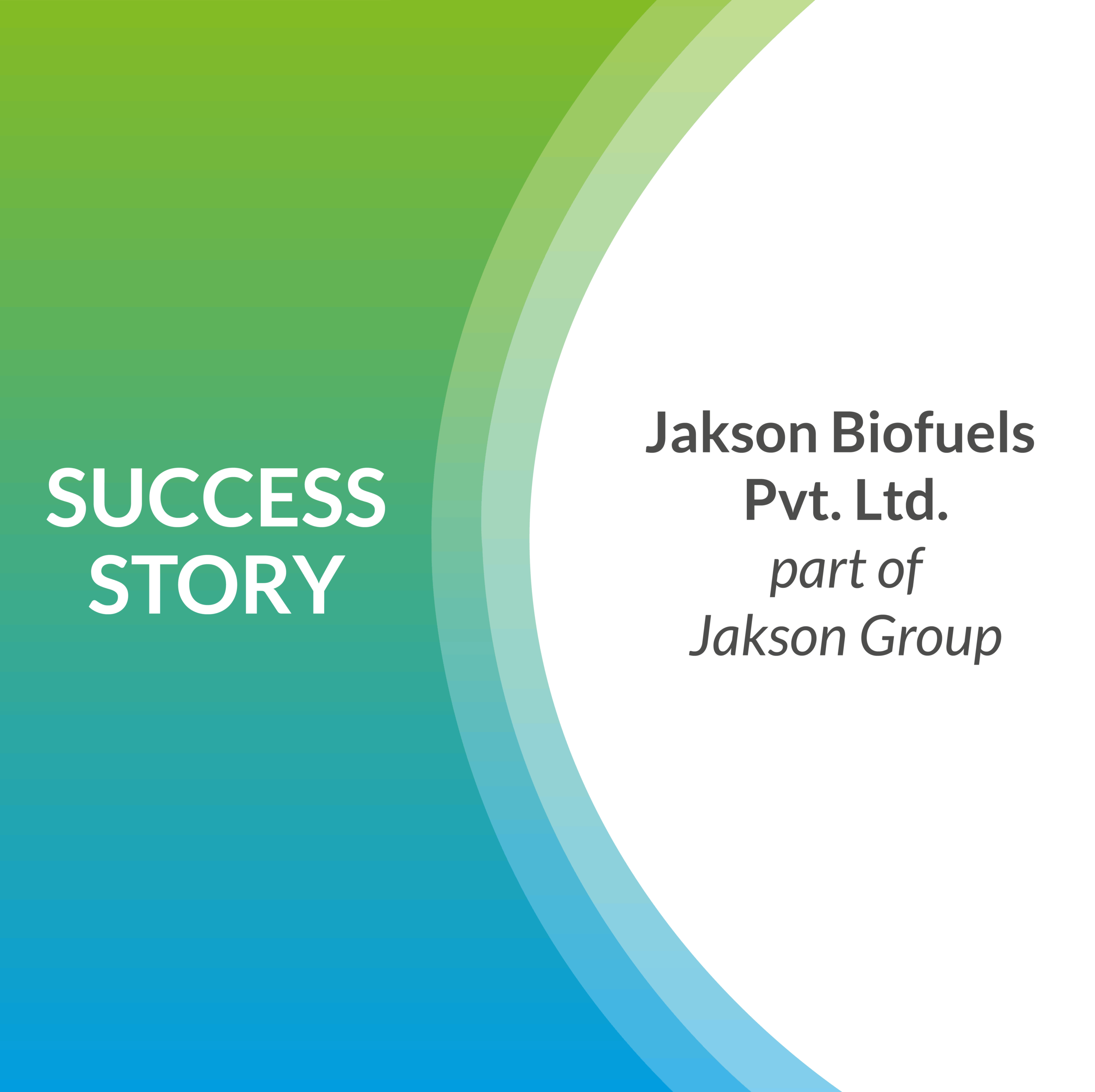When it comes to ethanol production, the United States and Brazil are leading the charge as the world’s largest producers and consumers of ethanol. However stable, these two nations offer unique insights, varying dynamics, and different incentives for the future of bioethanol production.
Capturing Different Dynamics in Leading Markets

The U.S. ethanol market is driven by a robust regulatory framework and a strong focus on technological advancements. The EPA’s Renewable Fuel Standard (RFS) mandates the blending of renewable fuels – including ethanol – into transportation fuel. This policy was a major catalyst and led to an increase in ethanol production and consumption over the years. In 2023, the U.S. produced over 56 billion liters of ethanol [1], and the recent introduction of year-round E15 [2] would likely further bolster the domestic market and provide new avenues for growth. Indeed, widespread adoption of E15 would offer consumers a more cost-effective and environmentally friendly option at the pump and further foster energy security by reducing the impact of gasoline shortfalls.
With production reaching over 38 billion liters of ethanol in 2023 [3] and a historically extensive sugarcane-based production, Brazil’s ethanol market is second in size to the U.S. market. The market partly owes its stability to the government’s RenovaBio program which recognizes the strategic role of ethanol in the Brazilian energy matrix for its contribution to energy security and mitigation of GHG emissions in the fuel sector. As a reflection of the current legislation and robustness of the ethanol industry in Brazil, blending rates in Brazil vary from 18% to 27.5% ethanol to gasoline [4], whereas pure gasoline and E5, E10, and E15 are not available at the pump, contrary to the U.S. More recently, the government enacted the Fuel of the Future law – instituting programs to foster research, production, trade, and use of biofuels to promote sustainable transportation and mobility – which increases ethanol blending to 35% and now includes sustainable aviation fuels as part of the Brazilian energy matrix.
However stable, Brazil’s ethanol landscape has significantly evolved in the last decade with the emergence of corn-based production and second-generation ethanol production. Corn ethanol now accounts for 20% of the total ethanol production and is expected to rise even further in the coming years. This feedstock diversification has been driven by several factors, including the seasonality of sugarcane harvests and opportunities for diversification. On the other end, the emergence of 2G ethanol produced from sugarcane bagasse, also gained significant traction in Brazil, with plans to build new plants in the future.

Tackling America’s Opportunities for Bioethanol Production With the Right Yeast Products
Despite the challenges associated with each feedstock, such as contamination and seasonality for sugarcane in Brazil, price volatility for corn in both nations, and high production costs for second-generation ethanol, the US and Brazilian ethanol industries remain resilient. To stay competitive and increase their profitability, ethanol producers are looking at maximizing their production yields and efficiency while minimizing costs and environmental footprint. To do so, they can turn to appropriate yeast solutions.

Advanced yeasts, in that sense, display higher yields, a higher tolerance to osmotic stress, and allow for smarter management of inputs – when compared to traditional yeasts. Overall, engineered yeasts have been paving the way for increased efficiency, cost savings, and sustainable practices.
When it comes to corn-based ethanol production, Evolve™ Evergreen already proved its value, both at lab- and industrial scales. Its reliability, even under a wide range of temperatures, enables consistent fermentation and sustaining plant performances. Through its enhanced metabolic capabilities, Evolve™ Evergreen’s glucoamylase (GA) expression enables a reduction of exogenous GA, allowing smart management of inputs, which plays a role in the overall reduction of ethanol plants’ operating costs.
CelluX™ 4 contributes to the industrial development of cellulosic ethanol production by derisking the fermentation of cellulosic hydrolysates. CelluX™ 4 demonstrates the ability to resist stresses and maintains higher cell viability during fermentations of hydrolyzed cellulosic material.
The Importance of Technical Support and Fermentation Nutrients
Along with the use of an appropriate yeast product to produce ethanol from the available feedstock, other parameters are crucial, such as micro and macronutrition to support fermentation and adequate technical support to make the most of current inputs.
Yeast nutrition is a key factor in the productivity and viability of ethanol production, in which reaching the highest yields and improving fermentation consistency are essential conditions. While the addition of nutrient supplementation does not provide guaranteed ethanol yield increases, it reduces the variability experienced within fermentation as a result of conditions such as varying feedstock quality, process upsets, and stressful conditions – e.g., high heat, high osmotic stress, inhibitors.
As such, Propaide™ offers specific advantages on corn and sugarcane feedstocks to address nutrient deficiencies, optimize yeast growth conditions, and increase overall process performance through synergies of nitrogen, minerals, and vitamins.
On the other hand, suitable technical support is equally important when it comes to ensuring the best performance of ethanol production. Working in continuous collaboration with industrial experts and product application specialists supports successful operations. At Leaf, we support ethanol producers with a technical approach based on scientific method. Starting from the process, we diagnose deviations and establish a baseline for your process. By defining a performance improvement project together, we work on the refinement of KPIs – ethanol yield, plant productivity, or energy savings. Thanks to established goals and data, our technical experts formulate custom recommendations to reach maximum efficiency.

The U.S. and Brazil’s ethanol industries offer a wealth of opportunities, incentives, and challenges. While the two nations have distinct regulatory frameworks that drive ethanol production and consumption, production history and dynamics, as well as different feedstock mixes, they share a common goal of fostering a sustainable and efficient ethanol industry.
To stay competitive and maximize production efficiency to meet the demands for ethanol production, producers can count on a variety of inputs – such as advanced yeast solutions, tailored nutrient supplementation and robust technical support from industry partners. Technologies like Evolve™ Evergreen, CelluX™ 4, and Propaide™ Grow have demonstrated their ability to enhance yields, reduce costs, and address the unique challenges associated with different feedstocks and ever-changing process dynamics.
As the global demand for renewable fuels continues to grow, the experiences and best practices from the U.S. and Brazilian ethanol industries can serve as valuable lessons for other nations seeking to develop their bioethanol production capabilities. By embracing technological advancements, fostering supportive policies, and optimizing processes, the ethanol industry plays a pivotal role in the transition toward a more sustainable future.







